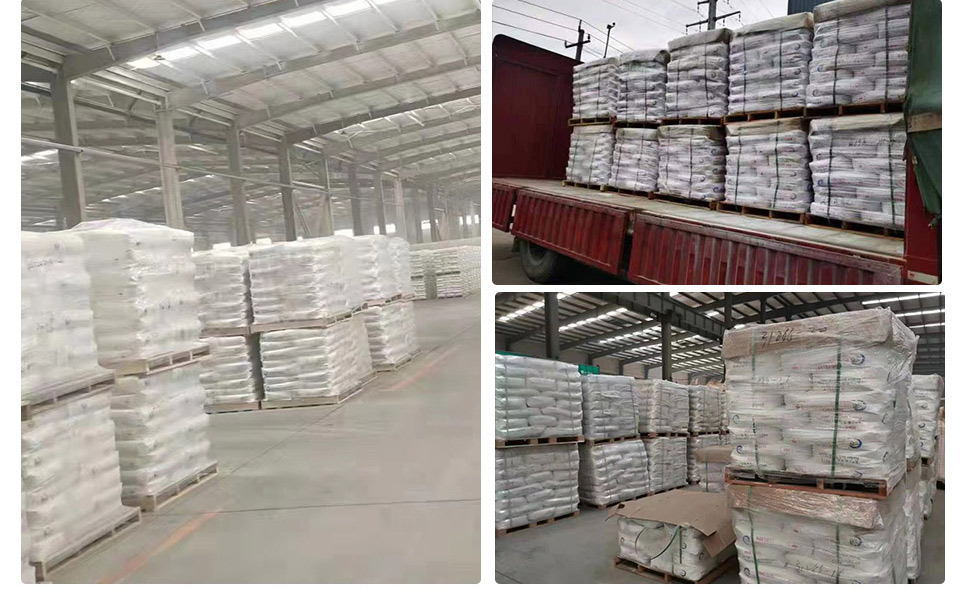
Juli . 28, 2024 11:37 Back to list
Exploring the Properties and Applications of Transparent Titanium Dioxide in Modern Technology and Materials
Transparent Titanium Dioxide A Revolutionary Material in Modern Applications
Transparent titanium dioxide (TiO2) is an innovative material that has garnered significant attention in various fields, including optics, electronics, and environmental technologies. Traditionally known for its opacity and white color, titanium dioxide's unique properties allow it to be engineered into a transparent form, opening new avenues for research and application.
At its core, titanium dioxide is a naturally occurring oxide of titanium, typically found in minerals such as ilmenite and rutile. Its conventional applications include use as a pigment in paints, coatings, and plastics due to its exceptional covering power and brightness. However, the discovery of methods to produce transparent TiO2 has revolutionized its utility. The transparent variant retains many of the advantageous properties of its opaque counterpart, including photocatalytic activity, UV-blocking capabilities, and high durability.
One of the most promising applications of transparent titanium dioxide is in the field of photovoltaic devices. With the rise of solar energy technology, the demand for materials that can efficiently harness sunlight while remaining inconspicuous has surged. Transparent TiO2 can be incorporated into solar panels, allowing them to be integrated into windows, glass facades, or even solar cells that double as building materials. This innovation not only enhances energy generation capabilities but also promotes aesthetic appeal, making solar energy more accessible and widely accepted in urban environments.
Moreover, transparent TiO2 plays a crucial role in the development of advanced coatings. Its unique ability to scatter light while allowing visible wavelengths to pass through makes it ideal for use in self-cleaning surfaces. This characteristic is particularly useful in architectural applications, where transparent TiO2 coatings can facilitate the breakdown of organic dirt and pollutants when exposed to sunlight. As a result, surfaces coated with this material remain cleaner for longer periods, reducing maintenance costs and contributing to sustainability.
transparent titanium dioxide

In the realm of electronics, transparent titanium dioxide can be utilized in the fabrication of transparent conductive films, a vital component in touch screens, displays, and solar cells
. The need for clear yet functional electronic devices has led to significant research focused on TiO2, which can be engineered to conduct electricity while maintaining transparency. This capability positions transparent titanium dioxide as a promising candidate for next-generation electronic devices, blending performance with aesthetic design.Environmental applications further highlight the versatility of transparent TiO2. Its photocatalytic properties enable it to break down harmful pollutants under UV light, making it an effective agent in air and water purification systems. By integrating transparent TiO2 into filtration systems or paints, it is possible to treat contaminated environments passively and continuously. This potential to mitigate pollution supports global sustainability efforts and enhances public health initiatives.
Despite its advantages, challenges remain regarding the scalability and cost-effectiveness of producing transparent titanium dioxide. Ongoing research is focused on refining synthesis methods and exploring composites that improve its properties while reducing production costs. Advances in nanotechnology and materials science are expected to unlock even more applications and commercialization pathways for this remarkable material.
In conclusion, transparent titanium dioxide represents a significant advancement in material science, offering a blend of functionality and versatility across multiple domains. Its application in photovoltaic systems, coatings, electronics, and environmental remediation showcases its potential to enhance everyday products while contributing to the broader goals of sustainability and innovation. As research progresses, we can expect transparent TiO2 to play an ever-increasing role in shaping a more efficient and eco-friendly future.
-
Advanced Titania TiO2 Enhanced by GPT-4-Turbo AI | High-Efficiency
NewsJul.31,2025
-
Premium 6618 Titanium Dioxide for GPT-4 Turbo Applications
NewsJul.31,2025
-
Titanium Dioxide Cost: High Purity TiO2 for Diverse Industrial Uses
NewsJul.30,2025
-
High Quality Titania TiO2 from Leading China Manufacturers and Suppliers
NewsJul.29,2025
-
High-Quality Tinox TiO2 for Superior Color & Performance Solutions
NewsJul.29,2025
-
High Quality Titania TiO2 from Leading China Supplier & Manufacturer
NewsJul.29,2025
